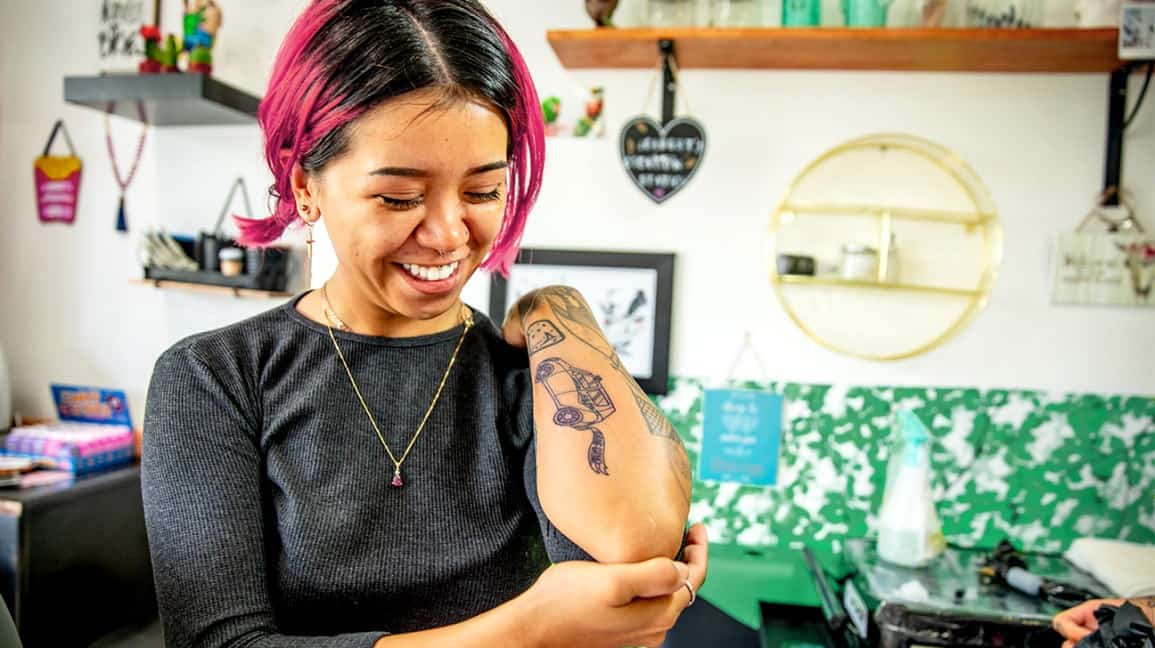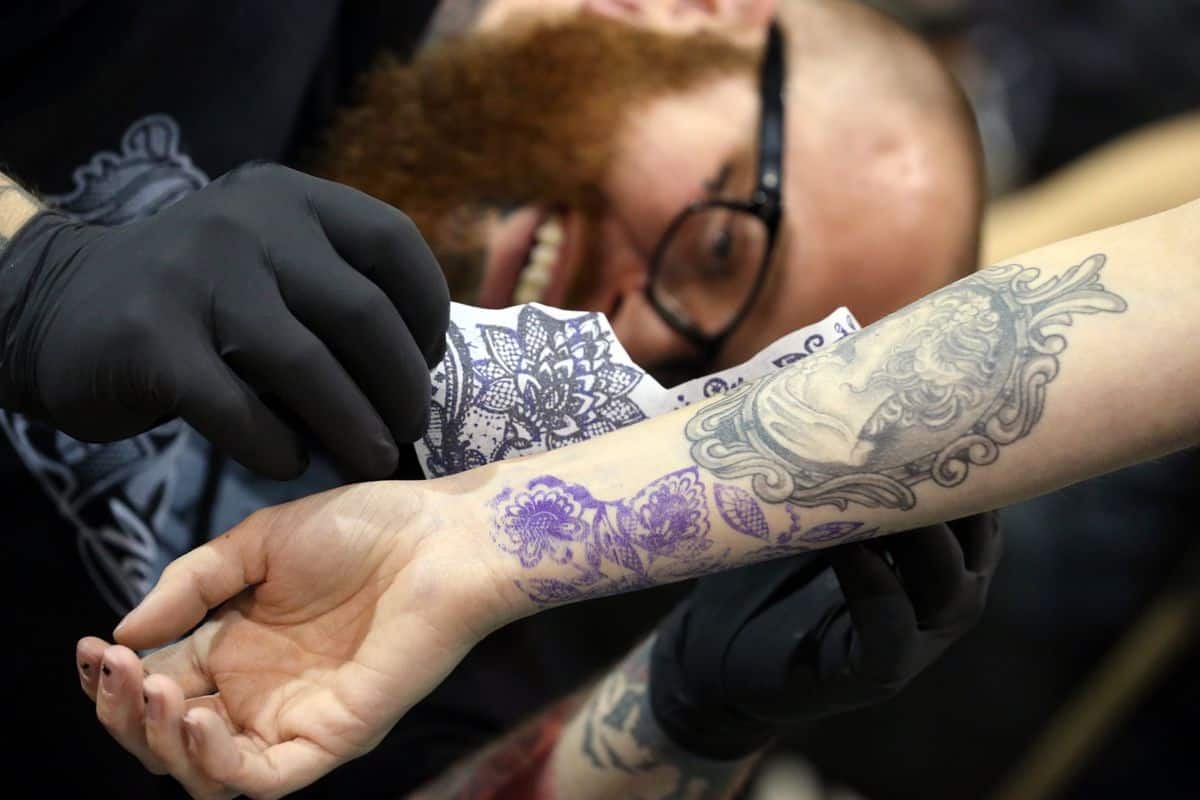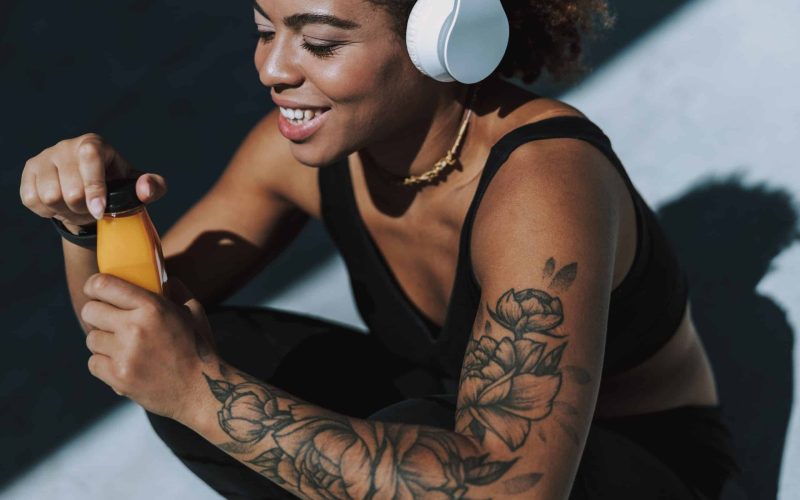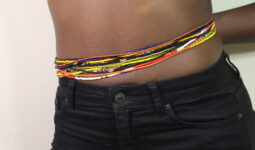There are a lot of reasons to get a tattoo. More than just a piece of art and a way to assert your style, a tattoo is more.
It’s also a medical technique where an artist injects ink under the skin with a needle.
You leave yourself vulnerable to scarring and infections once you open the skin.
Caring for your tattoo will stop those complications and ensure proper tattoo healing. In this phase, both you and your tattoo artist play equal roles.
You must take care of your latest tattoo at home and visit a licensed and reputable tattoo artist.
However, Tattoo Aftercare can be tricky as finding the exact way to care for your tattoo can be difficult.
Many states do not mandate that aftercare instructions be given by their tattoo artists.
The states that need guidance for aftercare also allow the artist to determine the details to include.
To help you look after your tattoo, advice may include items to use and more; keep reading for a day-by-day guide.
How to Care for Your Tattoo?
Your tattoo aftercare starts as soon as your tattoo is done.
Cover It Up
The first tattoo aftercare instruction is to cover your tattoo up In a bandage or plastic wrap, the artist should apply a thin layer of antibiotic ointment over the tattoo and then cover the area.
This coating stops the skin from bringing bacteria into it. It also prevents the tattoo from irritating and rubbing on your clothes.
Keep the dressing on for as long as your tattoo artist suggests, which could be just a few hours.
Any fluid or excess ink that spills from the tattoo will help absorb it.
Gently Wash the Tattoo
You can remove the covering after a couple of hours. Wash your hands first with soap and water.
Then, wash the tattoo gently with warm water and soap without fragrance. With a soft cloth, pat your skin dry.
Apply the tattoo with a small amount of scent-free and alcohol-free moisturizer. At this point, you should hold the cover off to let your skin breathe.
Wait for It to Heal
While it heals, you should continue your tattoo aftercare routine by :
- Whenever you go outside, wear sun-protective apparel
- Call your tattoo artist or physician if you notice any signs of infection or other issues.
You Shouldn’t:
- Cover the tattoo with sunblock until it is fully healed.
- Scratch the tattoo or pick it
- Wear tight clothes over your tattoo,
- Swim or dip your body in water (showers are fine).
Tattoo Aftercare by Day

How easily you recover depends on your tattoo’s size and complexity.
Bigger tattoos can remain red and swollen longer because the skin causes further trauma.
Day 1
On the first day of tattoo aftercare, You will come home with a bandage or plastic wrap over your tattoo from the tattoo studio. You can remove it after a few hours.
For information on how long to wait, you can ask your artist.
Recommendations will differ and could depend on your tattoo’s style and duration.
Some tattoo artists say you have your tattoo protected for 1 or 2 hours.
You’ll find fluid oozing from the tattoo until the covering comes off. This is blood, plasma, and some extra ink (the transparent component of blood).
That is common. Often, the skin would be swollen and sore. To the touch, it might feel slightly wet.
Wash the tattoo with clean hands with warm water and a fragrance-free soap.
Apply a moisturizer that is fragrance-free and alcohol-free. Keep the coating off so it can repair the tattoo.
Days 2 to 3
By day 2 to 3 of your tattoo aftercare, your tattoo will have a duller, cloudier look. When the skin heals, this happens.
Scabs will begin forming. Wash your tattoo once or twice a day and add a fragrance-free and alcohol-free moisturizer.
You can find any ink flowing into the sink when you wash. This is just the surplus ink that gets through the skin.
Days 4 to 6
The redness ought to begin to fade. I guess you’ll find some light scabbing over your tattoo.
The scabs shouldn’t be as deep as the scabs you receive when you injure yourself, but they’ll be elevated. Do not pick at the scabs, as this can lead to scarring.
Continue to wash the tattoo once or twice a day. Apply a moisturizer that is fragrance-free and alcohol-free.
Days 6 to 14
The scabs have hardened at this point of your tattoo aftercare and will begin flaking off. Don’t pick or try to pull them off, either.
Let them naturally fall off. Otherwise, the ink could be drawn out, and you could leave marks. Your skin can feel very itchy at this point.
To alleviate the itch, gently rub on a fragrance-free and alcohol-free moisturizer several times daily.
You might have an infection if your tattoo is still red and swollen at this stage. Go back to the artist of your tattoo or see a doctor.
Days 15 to 30
Most of the big flakes will be gone in this last stage of healing, and the scabs should be gone.
You will still see some dead skin, but it should clear up, too, finally. The area that was tattooed might still look dry and dull.
As part of your tattoo aftercare routine, moisturize until the skin is hydrated again.
The outer layers of the skin should have healed by the second or third week.
The lower layers may take 3 to 4 months to heal fully. The tattoo should look as vibrant and vivid as the artist planned by the end of your third month.
Tattoo aftercare products

Clean the area using a gentle, fragrance-free soap or a specially formulated tattoo cleanser.
A tattoo-specific cleanser may be recommended by your tattoo artist.
The following tattoo aftercare products, which you can purchase online, include soap options:
- Dove Sensitive Skin Beauty Bar
- Liquid Neutrogena
- Dial Gold Antibacterial Deodorant Bar Soap (although this soap isn’t fragrance-free, tattoo artists often recommend it)
For the first day or two, to help the tattoo heal, use an ointment such as A+D Original Ointment or Aquaphor Healing Ointment or the product suggested by your tattoo artist.
It’s safer to avoid products like Vaseline, which are 100 percent petroleum-based.
According to the American Academy of Dermatology, petroleum-based products may cause the ink to fade.
One exception, however: Authority Tattoo says that Vaseline can be beneficial when showering.
Since Vaseline is non-porous (watertight), you should add it to your tattoo to protect the area from being sprayed with water before you step into the shower.
It has also been noted that Vaseline can be useful on healed tattoos or the skin surrounding the tattoo if it is extremely dry.
Add a thin film. Putting on a too-thick layer will not allow your skin to breathe.
You should turn over to a daily moisturizer after around two days. Some items that you can purchase online include:
- Lubriderm Daily Moisture Fragrance-Free Lotion
- Aveeno Daily Moisturizing Body Lotion for Dry Skin
- Curél Fragrance-Free Lotion
- Eucerin Intensive Repair Lotion
Whatever you choose, make sure it’s alcohol-free and fragrance-free.
Also, ensure it does not contain chemicals like color dye that may dry your skin.
Coconut oil and tattoo aftercare
Polynesians, such as Samoans, have used coconut oil as a tattoo aftercare product for a long time.
After the tattoo is done or when it heals, they apply it. One assumed advantage is that it lets the design shine.
Some websites say that coconut oil keeps the skin moist and protects against infection under your tattoo.
The evidence, however, is anecdotal, and there is no scientific evidence that it works.
Consult your doctor before rubbing coconut oil or other unproven items on your tattoo.
Potential side effects and complications of tattoos

There can be a lot of health risks of getting a tattoo. The skin may be red, itchy, and sore for the first few days after you get your tattoo; one can even develop a tattoo rash.
You may find excess ink that leaks from your skin, along with blood and fluid. It’s usually here.
See your doctor if you start having signs of any of the following complications:
Infection
A tattoo that is not cared for properly can get infected, so it is important to follow tattoo aftercare instructions properly.
It will make the infected skin red, warm, and painful. Also, it can leak pus.
You might get a bloodborne infection, such as hepatitis B, hepatitis C, tetanus, or HIV if the equipment or ink your artist used was infected.
There have also been records of other diseases spread by tattoos, such as nontuberculous mycobacterial skin infections.
Allergic reaction
You may develop a red, itchy skin reaction on the site if you’re sensitive to the ink that your artist used.
Red dyes are the most likely to cause an allergic reaction, according to a 2019 report.
Research indicates that red dyes are often more likely to cause non-allergic skin reactions such as photosensitivity and blue and black dyes.
Scarring
Damage from the needle or picking at the tattoo will cause scar tissue to be formed in your body. Scars can be eternal.
Long-term tattoo aftercare tips
You switch into maintenance mode from your tattoo aftercare mode once your tattoo has healed.
While after 3 or 4 months, you don’t have to care for it specifically, there are things you can do to prevent the ink from degrading.
Tips for long-term tattoo aftercare
There are other tattoo aftercare instructions to follow, and they are to keep your tattoo clean.
With a soft, fragrance-free soap, wash your skin regularly.
- Stay hydrated always. To keep your skin hydrated, drink plenty of water.
- Watch what you’re wearing. Wear SPF clothing so that your tattoo will not fade from the light. Avoid scratchy fabrics, such as fur, which can harm the art.
- Avoid excess weight gain or loss. Weight changes could spread the tattoo out or distort it.








